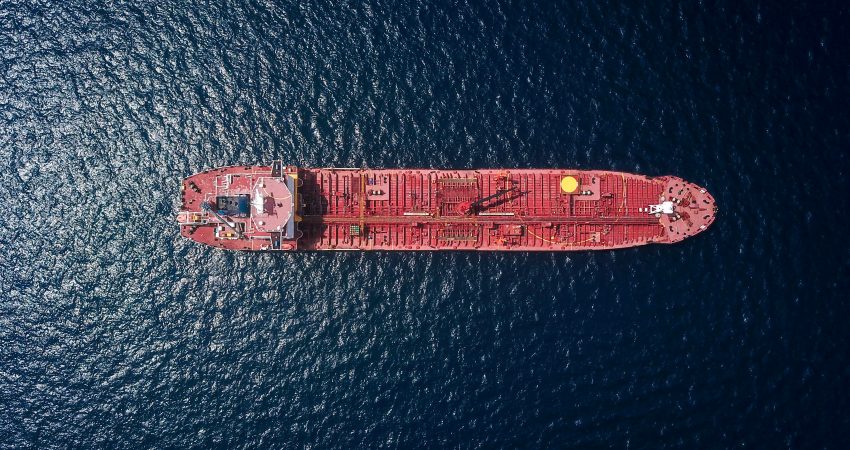Changing Geostrategic Fault Lines in Energy Policy
- North-American self-sufficiency in oil and gas has fundamentally shifted the geostrategic status quo in energy policy. The war against Iraq was the last U.S.-war for access to oil resources. Strategic winner of that war in the region was Iran. Today, the ability to regulate prices is more important to the U.S. than physical access to sources. The U.S. is trying to gain “energy dominance” (Trump).[1] They usesanctions as a weapon against Russia and Iran – but also against Europe.
- In the evolving new Cold War between the U.S. and China for global, economic supremacy, energy and resource policy is key. While the U.S. is exporting oil and gas, China is dependent on imports. In accordance with its capabilities, China seeks to secure its access to resources rather through an economic and less through a military power projection.
- In this geostrategic set-up, the world’s largest internal market – the EU – is acting weirdly passive. The European Energy Union is not much more than a gas diversification strategy. It’s not suited to really reduce our import dependency. However, Europe has efficient infrastructure as well as a functioning internal market which ensure a high degree of energy security.
- Against this backdrop, the controversy surrounding Nord Stream 2 constitutes an attempt to keep competitive rivals out of the European market with non-market instruments in favor of LNG producers. But: the future of LNG won’t be decided in Europe. It’ll be decided in Asia with its increasing demand and thus higher price level.
- The geostrategic importance of access to fossil raw materials will decline proportionally to the implementation of the Paris Climate Agreement. Even the current pledges would cause a decline in demand in the medium term. But global temperatures would still rise 2.6 degrees celsius. If we want to reach the 1.5-degrees-celsius-goal, four fifth of all coal, oil and gas resources known today would need to stay in the ground. Trillions invested in that carbon bubble would need to be written off.
- Reaching that goal requires ambitious policies. We would need to cut 5.3 trillion US Dollars in annual subsidies for fossil energy. According to IMF calculations, reaching the 1.5 target requires a global CO2-price of 70 US Dollars.
- Wind and photovoltaics are already competitive in electricity generation. Green hydro power, electrification of the transport sector and the heat sector will only become competitive vis-à-vis fossil energy given a sufficient CO2-price – no exceptions.
- Such a transformation will give rise to new conflicts of interest. Export-dependent economies will oppose the transformation just as much as the United States which fears a decline in influence. An escalation in the Strait of Hormuz would currently benefit the United States and Russia. The losers would be the Gulf States, but mostly China and Europe. Interesting how much geostrategic interests can shift…
- Under these circumstances, Europe must overcome its passivity. It must reduce its dependency on energy imports through ambitious climate policies – not just to protect the climate, but also for geostrategic reasons. What’s needed now are additional reduction pledges, binding targets for energy efficiency and the expansion of renewable energy capacities, cutting fossil subsidies, and a target-orient CO2-price. That’s the only way to trigger the innovation necessary to make climate-neutral technology competitive.
- In that, Europe can certainly profit from international cooperation. After all, there is an overlap in interests with Japan and East Asia, with India and China.
SWP-Expert-Talk Energy, Berlin 20/21.08.19
[1] https://www.whitehouse.gov/briefings-statements/president-donald-j-trump-unleashing-american-energy-dominance/


Verwandte Artikel
Alles muss anders bleiben – Sicherheit in der Veränderung
Liebe Steffi, Vielen Dank. Du bist nach mir die zweite Grüne, die das Bundesumweltministerium leitet. Der Artenschutz, der Naturschutz haben es heute schwerer als zu meiner Zeit. Wenn rechtspopulistische Bauern auf ihren 100.000 Euro teuren Treckern glauben machen können, ihre wirtschaftliche Zukunft hänge am Umpflügen von Blühstreifen – dann stimmt etwas nicht in diesem Land….
Weiterlesen »
Vorreiter der globalen Energiewende – 30 Jahre Windkraft Diemarden
In letzter Zeit häufen sich bei mir Einladungen wie diese. Jüngst bekam ich eine Einladung, um in Meisenheim zum Thema 25 Jahre Energie-wende zu sprechen. Solange ist der Einstieg in die Erneuerbaren und der Atomausstieg bald her – der Beginn der Energiewende,
Was lehrt uns das:
Windpark Diemarden war uns fünf Jahre voraus.
Meinen Glückwunsch dazu.
Weiterlesen »
Philippi, Trittin und Kuhle: „Nationale Klimaschutz Initiative“ (NKI) fördert Energieagentur Göttingen e. V.
Philippi, Trittin und Kuhle: „Wir gratulieren allen Beteiligten sehr herzlich zu diesem Erfolg. Die Energieagentur Region Göttingen leistet seit Jahren fundamental wichtige Netzwerk- und Beratungsarbeit für Bürger:innen, Unternehmen und Kommunen in Südniedersachsen, deren Bedeutung bei den gegenwärtig horrenden Energiepreisen auch noch zugenommen hat. Wir freuen uns, dass das BMWK nun einen regionalen Akteur fördert, der bei der praktischen Umsetzung der Energiewende und der Erreichung der Klimaziele auch bundesweit eine Vorreiterrolle hat. Ein richtiges Signal zur richtigen Zeit!“
Weiterlesen »
Kommentar verfassen